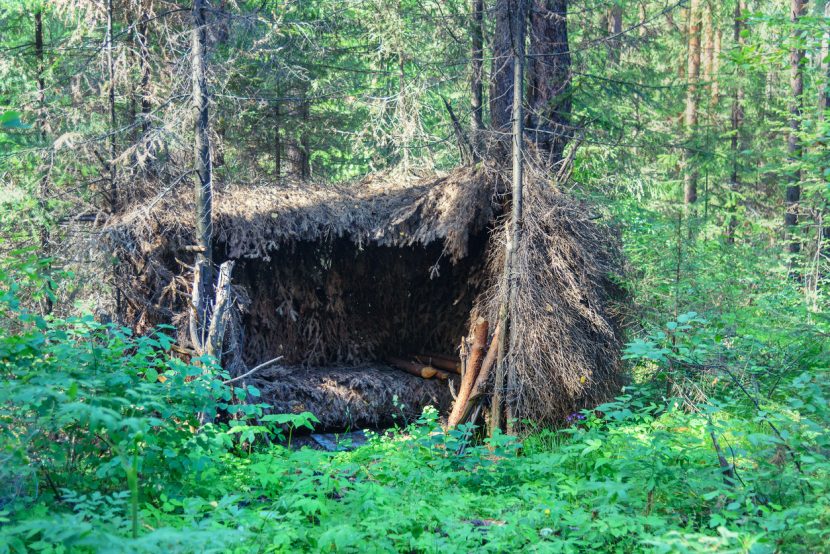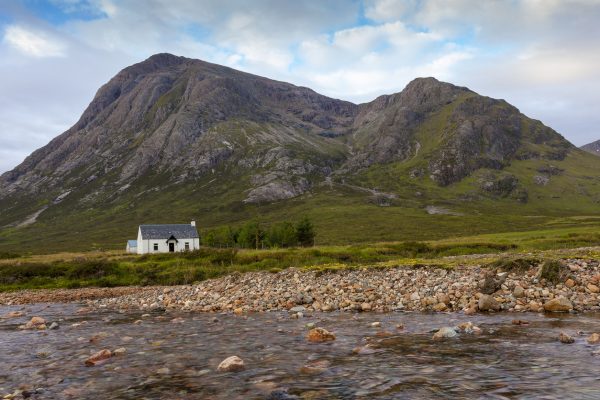The Rules of Living In A Wilderness Shelter

Heading off on expeditions doesn’t always mean needing to stay in a tent or roughing it in a bivi bag, because there are plenty of wilderness shelters out there. Some are no more comfortable than a tent or bivi but others are truly luxurious.
Throughout the UK there is a network of mountain ‘bothies.’ Most of these are found in Scotland, although there is a good network in the province of Wales as well.
Sweden has a huge range of wilderness shelters all over the place, some of which even come with a ready supply of firewood. New Zealand has long been famous for its hiking cabins and wherever you are there are great opportunities to organise an expedition around these shelters.

Some are just that simple shelters with little more than a roof, and others don’t even have that. I stayed at one in Jämtland in Sweden last year with my oldest son which was just three log walls, a tin roof and an open front facing a beautiful lake.
In the wind and rain we experienced, the rain blew into the front of the shelter and soaked some of our kit, but thanks to our bivibags we remained dry and warm.
The same symbol on a map that led us to this shelter though could also represent a large shelter with a pitched roof of lovingly crafted wooden shingles, raised benches for beds as well as a supply of firewood. This is the case in one of my favourite places for a short camping trip in Sweden, helped by the fact that it is barely an hour from Stockholm’s major airport.
Tyresta National Park is an area of ‘primeval forest’ home to a huge array of wildlife.
Due to the sensitive and unmanaged nature of the park, the normal Swedish ‘Allemans rätten’ that allows people to roam freely, camp and light fires does not apply. Instead fires and camping are restricted to specific areas of the park, and at many of these locations there are truly beautiful and effective shelters.
Another favourite wilderness shelter of mine is in the uplands of West Wales where an old shepherd’s cottage has become a mountain bothy. I’ve been going there since 2002, long before it became a popular location and while now it seems much busier judging by the guest book it’s still a great place to visit.
Wooden benches, running water and fireplace and a sink make this one of the poshest wilderness shelters I have ever stayed in.
Whether you are in a simple wooden shelter in Sweden, an old stone cottage in the UK, a wooden hut in New Zealand or a cabin in Alaska though there is a simple etiquette to staying at these shelters.
Always leave it tidy; even if you arrive to find mess and chaos, and this won’t often happen people tend to be good at keeping these communal resources tidy, clean the place up.
Carry away or burn any trash from food packaging and just generally leave it in the condition you would like to find it.
I go a step further where I can and try and leave it better than I found it by sweeping up a bothy or leaving something that would be useful, that might be a sack of firewood or a pack of candles but just something that would be useful to the next person to stay there.
Don’t graffiti; archaeologists might not thank you for this as they have learned a great deal over the years from graffiti left by soldiers and explorers in the past but generally graffiti is frowned on.
It can be really bad especially at busy wilderness shelters and sometimes it is interesting to read it to see who has been there before but as a responsible user of a communal wilderness shelter you should not.
Obey the rules; specific shelters may have rules or at certain times of year open fires might be forbidden due to the risk of forest fires, make sure you obey these rules. They are there for a reason and should be obeyed, you are not above them.
Leave fuel ready for a fire; In cold environments someone might be heading for that shelter in extreme need, they might be cold and desperate for a fire but if you have burned all the wood and left no kindling that might leave someone in a sticky situation.
I always make sure that I leave some split kindling and feather sticks when I leave a shelter so that it is ready for the next visitors. In fact it is tradition in some places to leave not only kindling and tinder but matches left protruding from the matchbox to allow someone with impaired dexterity due to hypothermia the best possible chance to get a fire lit.
Always carry a sleeping pad; these might seem unnecessary if you are staying at a proper shelter, but they will almost always make your experience much more comfortable.
Normally we use them to insulate us from the ground and while they do offer some additional comfort, it is really more of a by-product of their primary function. In shelters where you might be sleeping on hard wooden benches, they can make your night much more comfortable and save you from being sore and stiff in the morning.
Don’t count on the shelter being unoccupied; you do not have a monopoly on the shelter you are heading for, it might already be occupied or other people may arrive after you.
If it is a large shelter with room for everyone, that should be fine but even if it isn’t don’t fall out over it.
If you were there first, make sure you make space around the fire for people in need. For this reason you should always have some way to shelter even if there isn’t space in the shelter you don’t want to be left out in the rain or cold, so always pack a tent or tarp just in case as shelters are sometime full.
Be respectful of other people; a lot of these survival shelters are not pre-bookable and just about anyone can turn up at them so if you end up having to share make sure you are respectful and don’t disturb others if they need to sleep and don’t monopolise the cooking fire.
If you follow these rules your stay in wilderness shelters can be a great way to spend some time outdoors and can be a good break from nights under canvas or even a retreat in an emergency from bad weather. Enjoy them and respect them.
